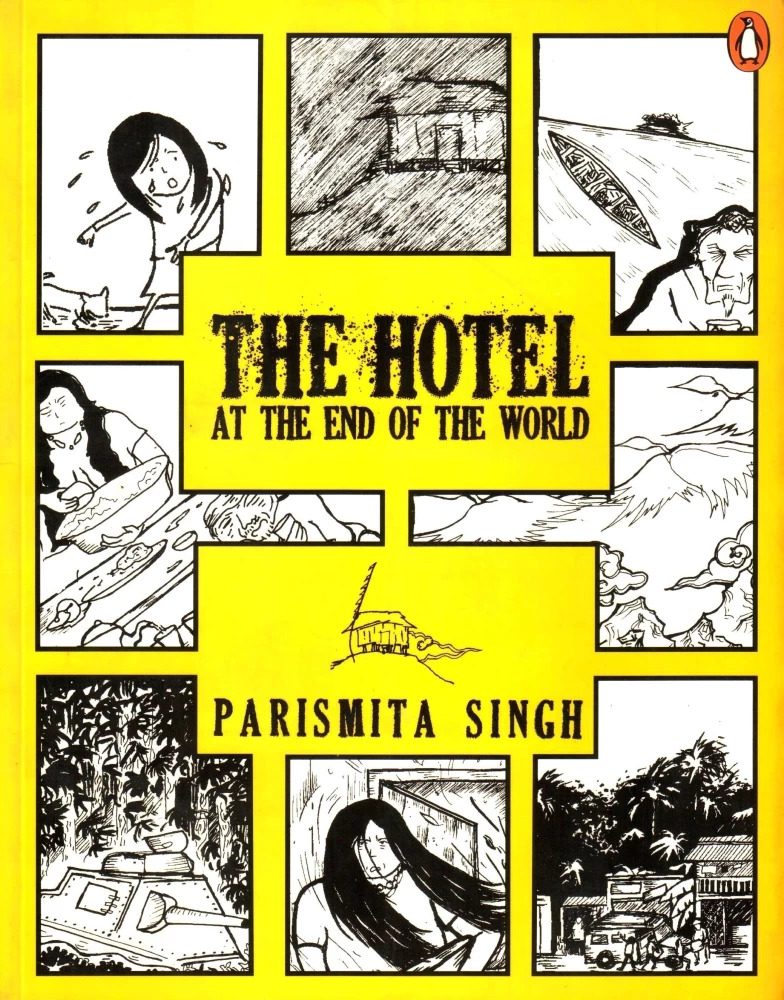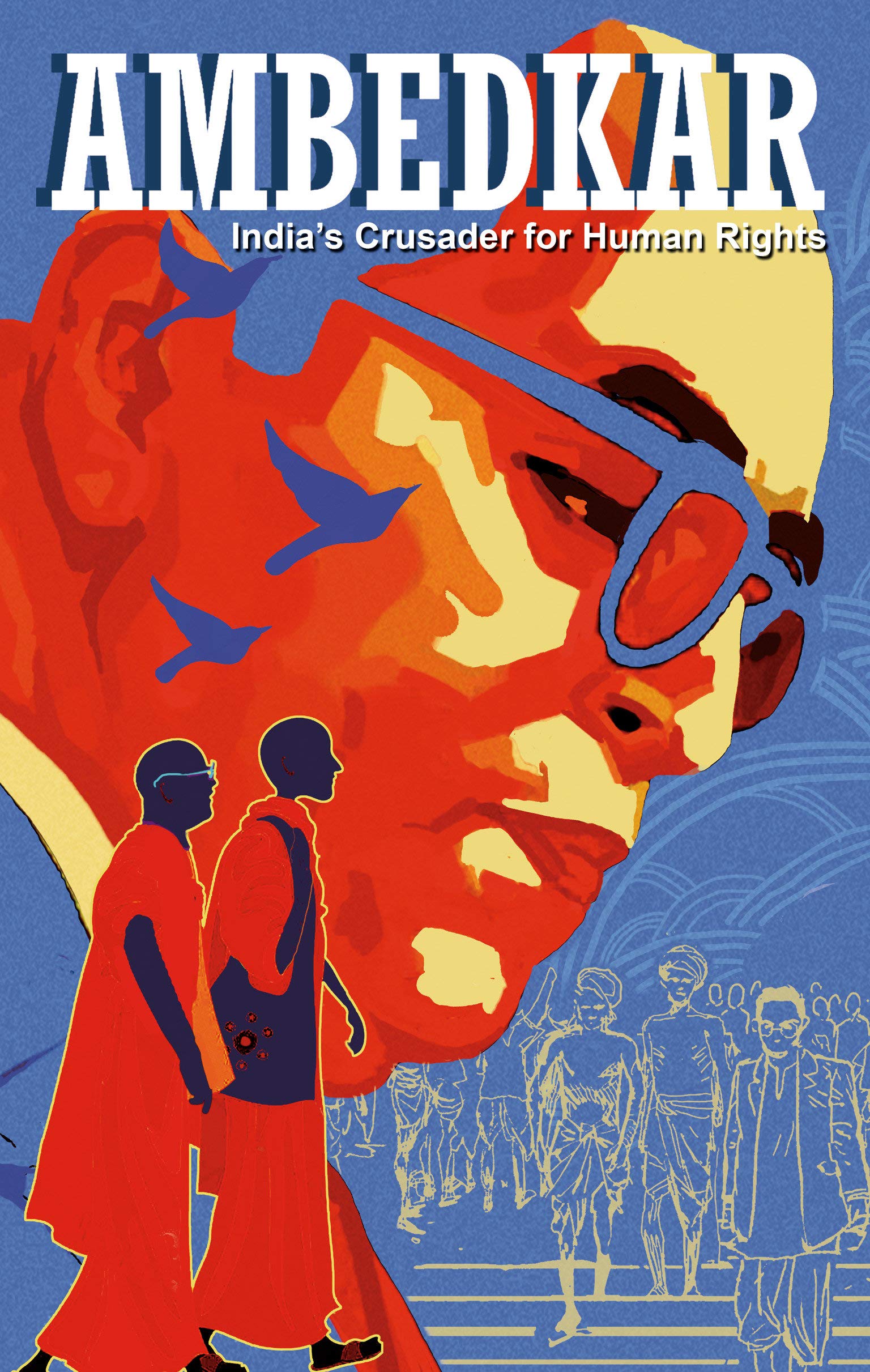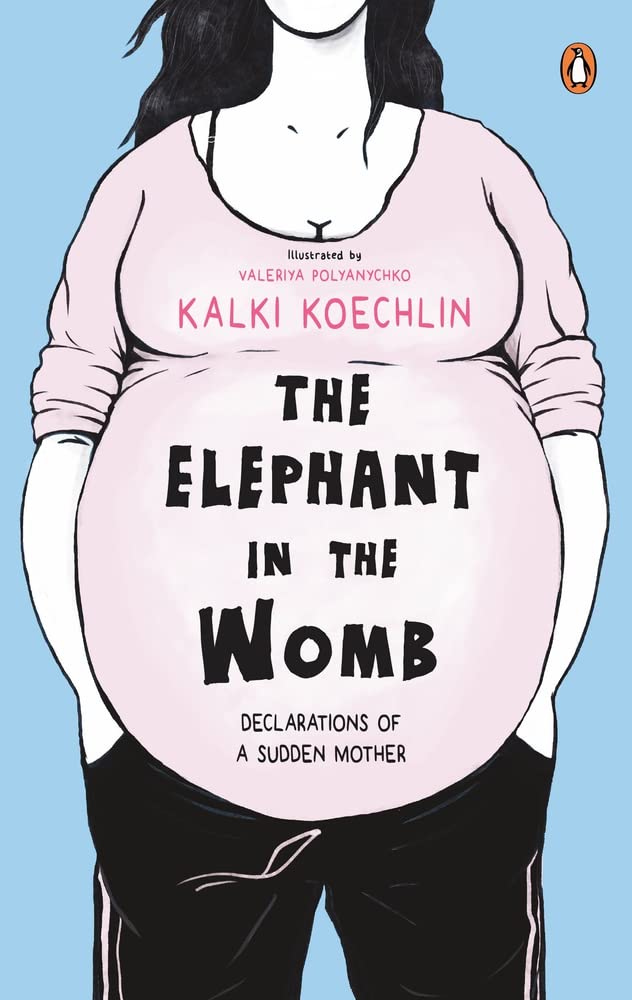A billet-doux to graphic novels
Editor’s note: Our subscriber, Diwaker Gupta, wanted recommendations of Hindi graphic novels for his 9 year old. We don’t really know any recent Hindi graphic novels. But our assistant news editor Anannya Parekh put together her list of all-time favourite Indian graphic novels. Illustrated stories of friendship, a graphic biography of B R Ambedkar and Kalki Koechlin’s personal musings—this round-up has got it all. It’s a handy list for graphic novel virgins, with great discoveries for the buffs as well. Happy reading:)
From very early on, I started to look at people and the associated realities in my life in mostly illustrated images with dialogue bubbles and worded sound effects. I probably owe this to having access to comics and graphic novels at a young age. However, I stumbled upon Indian graphic novels much later—and that turned my comic-y imagery of life into a less Westernised (blame Archies) version and discovered many Indian styles of illustration and storytelling. Here are some of my all-time favourite Indian graphic novels that span across genres of fiction, non-fiction, anthologies, memoir and biography:
Feelings: A Story in Seasons: by Manjit Thapp. I read this particularly when I was coming to terms with how much seasonal shifts and weather changes affect my mood. And this book captures the Indian seasons with beautiful imagery, poetic phrases with redemptive notes on the various ebbs and flows of human feelings. I find myself going back to this book for many reasons, but especially for the lovely illustrations depicting female friendships.

Hotel at the End of the World: by Parismita Singh is a short and engaging story that follows a transit hotel in a remote location in the northeast (possibly Manipur)—seemingly at the “end of the world” as it is a mystical place on a floating island. Each resident at the hotel has a story to offer about their memories, dreams and stories which resonate with a sense of otherworldliness. The artwork is black and white, mostly raw and expressive—peppered with quirky details. I read through this in one sitting, but the details and the simplicity of these stories remain fresh in my mind.

Ambedkar: India’s Crusader for Human Rights: by Kieron Moore and Sachin Nagar. My love, intrigue and utmost respect for Bhimrao Ramji Ambedkar began when my career as a social worker broke open to reveal crucial intersectionalities of caste identities of the people I was trying to serve. Reading any biography of Ambedkar is meant as a guide to his ideals of a just and tolerant India, but this graphic novel captures a bit more than that with its illustrative, colourful and engaging narrative. PS – This can be read by anyone over the age of 12.

The Piano: Story of a Friendship: by Nandita Basu. If this is your first foray into graphic novels or illustration-clad stories, let this be your first read. It might be a children’s book, but everyone, of all ages, needs to read this for its stunning artwork and heartwarming story. The story follows the unlikely friendship between a young girl and her piano across different cities, timelines and circumstances. A particularly lovely treat is the afterword which pens the author’s experience with her piano!

The Elephant In The Womb: by Kalki Koechlin. This graphic novel by the star of ‘Margarita with a Straw’ is filled with personal essays, poems, diary entries, anecdotes, important relevant data, as well as feminist musings—and yes, is quite a ride in the 200-odd pages. Koechlin opens up about her journey with pregnancy, postpartum realities and early motherhood in an uproariously funny read. The artwork by Valeriya Polyanychko is truly the star of the show and Guy Hershberg's (Kalki's partner) laugh-out-loud chapter definitely needs a round of applause.

Munnu: A Boy from Kashmir: by Malik Sajad. Sajad manages to draw light on a pertinent issue to the Indian subcontinent through this graphic novel as it follows the story of seven-year-old Munnu growing up in Indian-occupied Kashmir and narrates the painful history of the land, terrorised by conflict and armed rebellion. Beautifully illustrated with hard-hitting words, this evocative book draws heavily from the author’s own lived experiences. If you do read and love this one: I found Sajad’s work fairly similar to Joe Sacco’s journalistic style of graphic storytelling.

Longform: An Anthology of Graphic Narratives. Last on the list, but definitely not least—this anthology is a great primer on Indian graphic narratives that are based on simple and local stories. The artwork varies as the authors’ locations vary, which also makes this a great introduction to different styles of comic art with no sense of monotony. The stories differ in length and rhythm—some panning 40 pages while others being just 1-2 pages. This was a unique addition to my collection and even served as a lovely coffee-table read, and that made me buy the second volume too—which is equally great! Zero by Aratrika Choudhury, The Call by Sruti Menon and Buli–the unfinished interview by Debkumar Mitra were my favourites from the first edition.
 PS: The magical-realism oriented Daytripper series and The Best We Could Do by Thi Bui about the Vietnam War, in my opinion—should be in every reader’s library as they are gems of the graphic novel kind too.
PS: The magical-realism oriented Daytripper series and The Best We Could Do by Thi Bui about the Vietnam War, in my opinion—should be in every reader’s library as they are gems of the graphic novel kind too.
Important to know: Our editorial team makes their independent choices. But the Amazon links are part of an affiliate program. So we could earn some revenue if you buy from Amazon.


 souk picks
souk picks